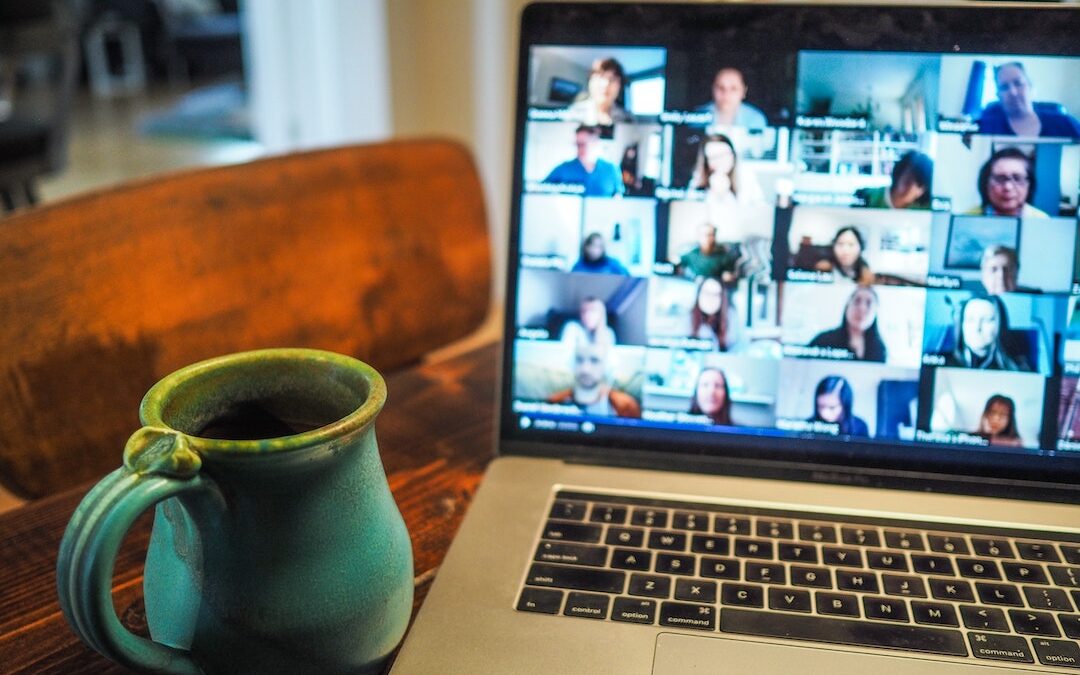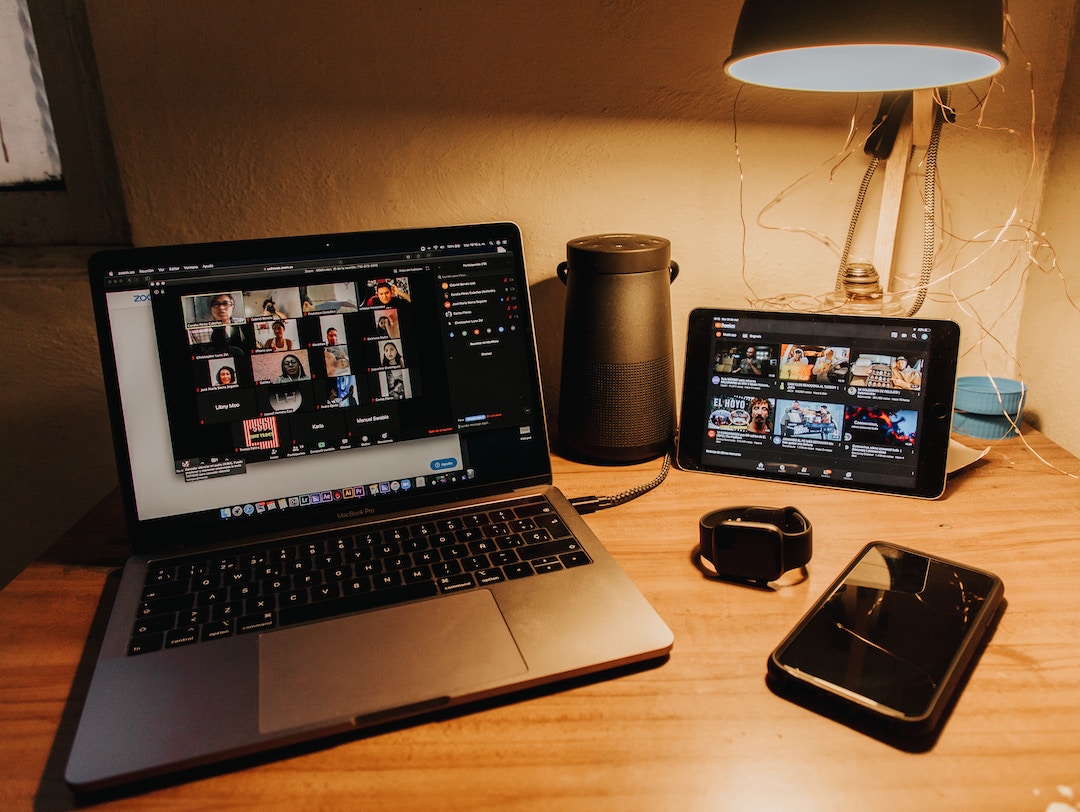Conference calls – both video and audio – have become a way of life since lockdown, as workplaces become remote and meetings turn virtual.
Ranging from dial-in to full telepresence, every business from large corporates to small businesses are using videoconferencing and audioconferencing tools to connect, communicate and collaborate.
Given the huge cost savings and flexibility they represent, virtual conferences and meetings are here to stay. Despite their advantages, they also have disadvantages. “Zoom fatigue” is one, where the brain has to struggle much more to compensate for a lack of physical and visual clues. It can also be challenging to ensure that people dialling in to mixed physical/virtual meetings don’t get overlooked or regarded as second tier. Here are some tips to ensure more successful conferences calls.
DO keep meetings focused
There’s less awareness of taking up people’s time when you’re not physically present with them, which can result in conference calls to drag on. Schedule shorter meetings and invest the same planning in them as a physical meeting, for example sending out an agenda in advance. Conference calls should be as concise and focused as possible.
DON’T appear casual/unprofessional
Many people are working from home in leisure wear or even pyjamas. But an effort should be made to get into “work mode” for a conference call. Sitting up straight, framing yourself properly, ensuring proper lighting and not having a window behind you are all important. It creates a very bad impression to see participants slumped behind screens, in near-silhouette in a messy room, and results in even more visual cues being lost. Angling a webcam properly, using a lamp or window in front of you/behind your screen, and applying a “virtual background” can all enhance your presentation. Even a jacket over your pyjama top is a start!
DO use high quality audio and video equipment
Studies have shown that both video and audio quality have a significant impact on people’s ability to learn and recall information. Improving the quality of videoconferencing is vital by using professional grade equipment. One study by HighFive study found that significant meeting time is wasted through hardware and software issues, with two-thirds of respondents reporting background noise to be a problem at least some of the time. Professional grade headphones with noise-cancelling technology are a safer and more comfortable option than in-ear buds, and more protective of hearing. A study in Sweden found that poor audio affected people’s perception of video.
DON’T be late
Try to join a meeting at least a couple of minutes early. Most platforms have some form of “waiting room” to enable people to join before the meeting host. Joining early means you can ensure your connection, microphone and camera are all working, and limits the number of participants taking up time with technical issues after the meeting starts.
DO upload a professional profile photo
When you can’t use video, or if you have a bad connection, it creates a better impression and looks more engaged to have a profile picture uploaded to a videoconferencing platform. Otherwise people will see a blank box with your name in which may make you seem even more “remote”. Also ensure your full name is there, particularly for meetings with external clients and partners who may not be familiar with your office nickname.
DON’T forget to mute your microphone
Some meeting hosts will remotely control microphone activation for participants. But even the sound of someone typing notes during a meeting can be distracting for other participants. Muting your microphone also means that any background noise will be less of an issue – such as other household members if you’re working from home, or the doorbell announcing a delivery.
DO organise who speaks when
People talking over one another can create a great deal of confusion in a conference call, particularly when slower connections may cause short delays. Be clear about who speaks when and give everyone the chance to participate. Having someone designated to mediate or chair the meeting is helpful.
DON’T multitask or eat and drink
Unless you’re having “virtual drinks” with the team, avoiding using conference calls as an opportunity to have lunch, even if your camera and microphone are off. Try to give virtual events the same focus as you would give a physical meeting.
Conference calls are going to be a large part of the future of work. Developing the skills to manage them and participate in them professional and productively is important for everyone in the “new normal” post-pandemic.
Andy Hurt is the Managing Director ANZ at Poly, an industry leader in video and audio solutions




